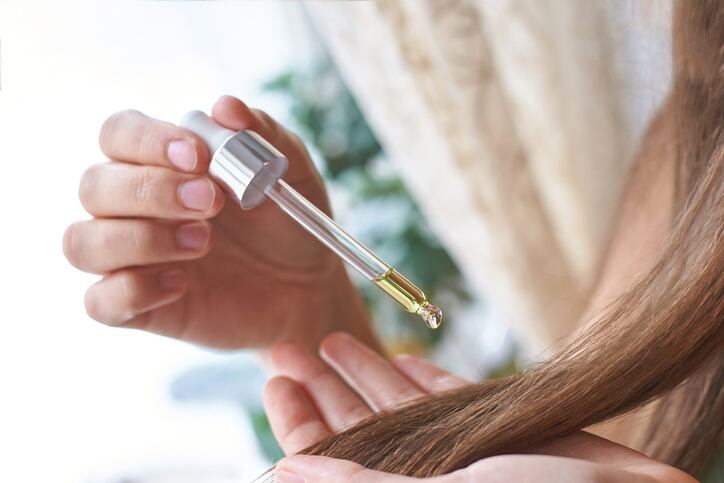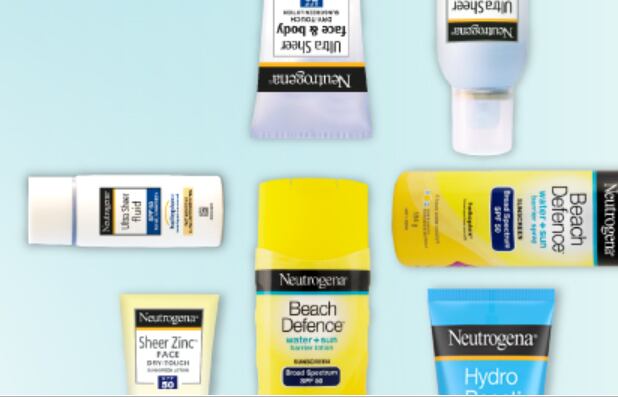Titled The State of Counterfeiting in India 2021, the report revealed that alcohol was the top sector with the most number of counterfeit incidents in 2020, followed by FMCG (including beauty and cosmetics products), tobacco, currency and pharmaceuticals. These sectors account for more than 84% of India’s total counterfeit incidents.
The report highlighted that counterfeiting incidents in India have increased 20% between 2018 to 2020, with cosmetics seeing a worrying upward trend.
The report was conducted by the Authentication Solution Providers’ Association (ASPA), an industry body compromising authentication solution providers.
Fraud products
According to Nakul Pasricha, president of ASPA, beauty products frequently counterfeited include make-up, hair oils, shampoos, body lotions, body wash, soaps, face creams, hair colours and even talcum powder.
Counterfeit cosmetic and beauty products typically contain lower quality, harmful and cheap ingredients. For instance, hair oils may be diluted, hair colours may be replaced with cheaper alternatives, or may even contain glue. In India, skin care products have also been found laced with mercury.
As cosmetics and make-up products come in direct contact with the body, any health risk is immediate, and repercussions can be severe.
“Customers can experience conditions such as unusual breakout of pimples, rashes, skin allergies to some more serious long term or permanent damages such as loss of hair, skin burns, or adverse effect on eyesight. Regular use of harmful products that are absorbed by our body through air or skin might lead to chronic diseases as well,” Pasricha told CosmeticsDesign-Asia.
How fraudsters act
Fraudsters typically repackage fake products in empty discarded bottles and containers, and with the latest manufacturing and printing technologies, can imitate original finishes, print boxes, labels, codes, and packaging.
According to Pasricha, counterfeiters are getting smarter, more resourceful and adapting to new trade environment.
“Festivals and occasions are exploited as an opportunity by counterfeiters to sell fake products by extending catchy price offers to sell volumes. This especially has become very common online, with the ease of availability of cosmetics and personal care products on social media and e-commerce websites.”
He explained that the COVID-19 crisis has led a shift in people turning to online purchases and purchasing extra products for future use from whichever source they could find.
“While urban customers are becoming more conscious and aware towards brands, and are increasingly able to judge if a product is a fake, fraudsters have changed strategies to find more ways to disguise their products better and penetrate households with lower income and lower awareness.”
“Businesses are being attacked more often and on a larger scale by counterfeiters and frauds especially due to the high demands that have been created due to the COVID crisis. A big challenge is that counterfeiters are becoming smarter, better funded, and organised.”
Counterfeit products cannot be done by a single player, and usually involve stakeholders from the entire supply chain.
“Counterfeiters are usually the ones who have access to the knowledge of what goes into making the product and what changes can bring down the manufacturing cost. But the manufacturer needs an outlet to sell these fake products in the market,” Pasricha explained.
“There is a whole nexus of people working together from funding these businesses, then there are people supplying inferior raw material and ingredients, manufacturing these products and then people responsible for finding avenues to sell these products. Therefore, it becomes tricky to shut them down.”
Because of this, it is also challenging to measure counterfeit activity.
“It is an illegal activity and illicit traders attempt to remain invisible and are unlikely to record their activities. Also, for security reasons, data on illicit trade is usually difficult to obtain, as law enforcement agencies often prefer not to publicise the scope of their activity.
According to various reports, counterfeiting in the FMCG sector is prevalent in India. A study published by the Federation of Indian Chambers of Commerce and Industry (FICCI) reported about 30% of FMCG products sold in India are fake but 80% of consumers believed they are using genuine products.
Fighting fraud
For brands, ASPA recommend using a combination of physical and digital anti-counterfeiting solutions to counter counterfeiting.
“Multiple layers mean better protection of the product and brand. The first layer of protection are one time break seals or plastic covers to prevent tampering,” Pasricha explained.
The second layer is a unique serial number which helps in tracking and tracing each unit through the supply chain. Some brands provide online, or SMS based authentication systems of serial numbers.
The third is digitally scannable Barcodes or QR codes that instantly reveal if the product is an original.
In India, cosmetics products are regulated by the Central Drugs Standard Organization (CDSCO) which is also responsible for medicines and medical devices.
Pasricha told us: “There is a need for legislation clarification, cosmetics are not drugs. More stringent steps need to be taken to stay one step ahead of them. A digitally powered inclusive authentication system needs to be developed meticulously to stop counterfeit products from entering the supply chain. More frugal and innovative methodology needs to be developed through government and private partnership for open retail markets which are not digitised.”
“Our country requires active participation and involvement of all stakeholders such as the government, policy makers, enforcement agencies, businesses and most of all consumers.”
Advice for consumers
Consumers can play the most crucial role in the fight against fakes.
“Mass campaigns and modules need to be developed to create awareness, inculcate a positive and more responsible buying behaviour in consumers. Small things can make a huge change, such as being a little diligent and careful while buying a product; asking for an invoice for the purchase; actively participating in the authentication process by following the authentication procedure provided by the brand; and reporting whenever they come across a fake product,” Pasricha added.
For consumers, there are a few ways to know if a cosmetic or beauty product is fake through secure packaging, fragrance and texture, and a skin test.
Most established cosmetics brands protect their products by using good quality packaging and a giveaway of a fake cosmetics product is damaged or tampered packaging, and spelling errors on the labels.
If the shampoo or body lotion or face cream seems too liquidly in consistency or the fragrance is stronger or fainter than usual, the product is also likely to be a fake.
A skin test would also help to check if the product is an original, especially if consumers have used the product previously and now experience an adverse reaction.
Lastly, it is always advised to purchase goods from authorised sellers whether online or offline to ensure authenticity.




